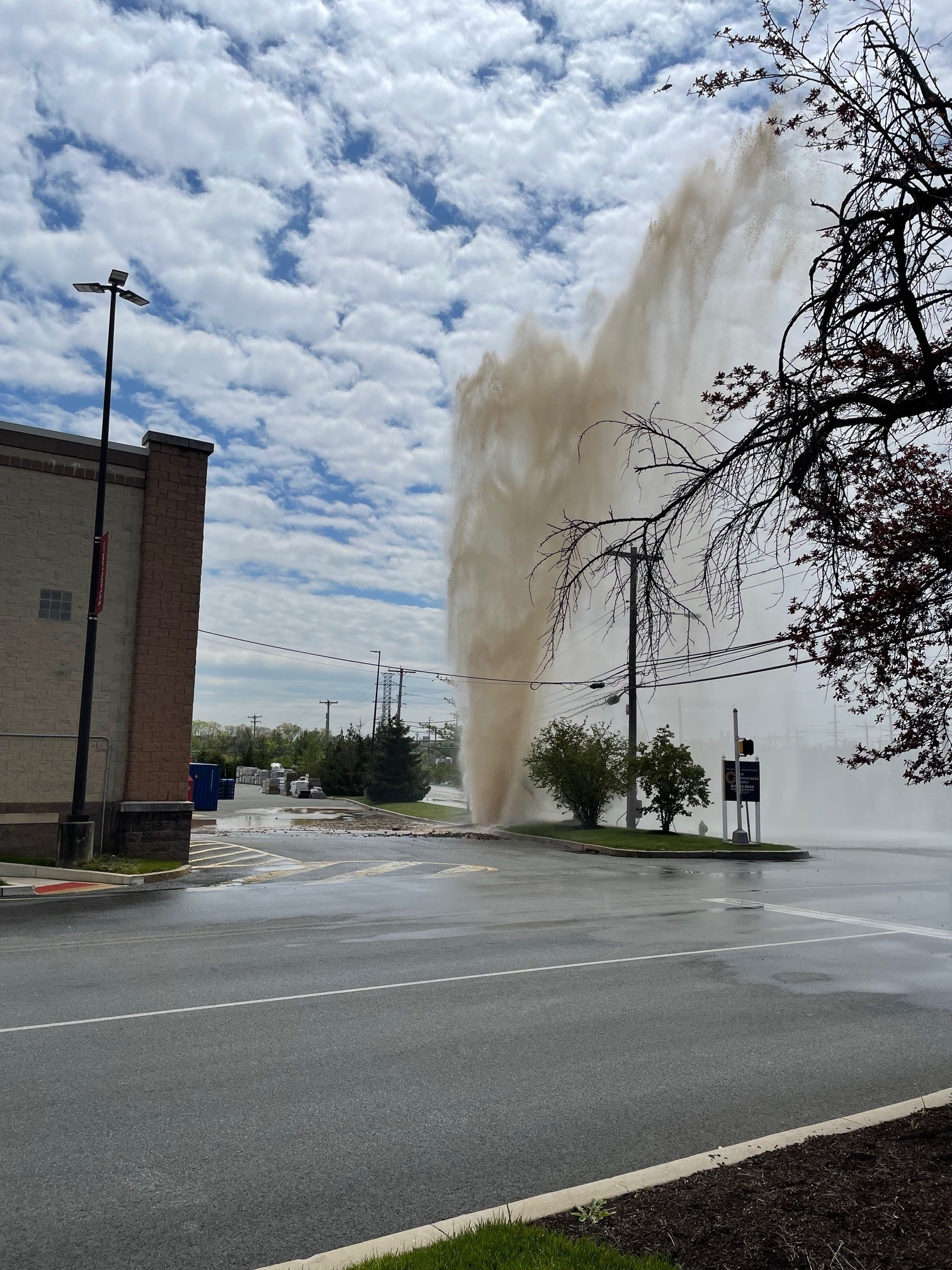The first details of the events leading up to the deadly sinking of a Ride the Ducks tour boat were revealed Friday night as officials released some of the initial findings from the accident investigation.
In a lengthy interview with the ship's 58-year-old captain, the unidentified man told NTSB officials Duck 34 was in "top notch condition with no irregularities" before it set out for service Wednesday.
But just hours later, the boat was left disabled in the river and in the crushing path of a mammoth barge.
The captain, who was serving his 3rd season, told officials he handed the helm to the 18-year-old deckhand after splashing into the river and it wasn't until they had turned north to return to land when they encountered trouble.
"The captain noticed a white smoke and he described it being an acrid smell," NTSB board member Robert Sumwalt said.
The deckhand climbed onto the bow of the ship to feel the engine and didn’t notice anything irregular, but the men chose to shut down the engines as a precaution.
The captain then made a distress call on VHF channel 13 and called his dispatch, officials said. Dispatchers told the crew they would send another boat to take the passengers, so they anchored and waited.
It was 5-10 minutes later that the crew noticed the 250-foot barge The Resource steaming towards the small tour boat. With about 400 yards between them, the captain desperately tried to signal the barge and it's tugboat.
"[The captain] turned the battery back on…he called on the radio again and he told us that he called to the tug and barge to please change course," Sumwalt said. "He then tried to signal with an air horn, but it would not work despite the fact it had been tested earlier."
Local
Breaking news and the stories that matter to your neighborhood.
Moments later, Duck 34 was on its way to the riverbed and its 37 passengers were in the Delaware. Two never made it out of the water alive.
The NTSB got their first look at the amphibious vehicle Friday afternoon after a private salvage company raised it from below 40-feet of murky water.
Upon first inspection of the engine and hood, Sumwalt said investigators did not find any evidence of charring or visible smoke damage.
Investigators plan to delve deeper into the ship as they try to find the cause of the white smoke. They plan to continue their investigation in Philadelphia for another 6-10 days.
Officials also interviewed several passengers who confirmed seeing the white smoke and seeing the captain on the radio.
There's been speculation as to whether the captain actually made a distress call after U.S. Coast Guard officials said they have no records of such a call.
However, Sumwalt said the Coast Guard only monitors and records VHF channel 16 -- three channels north of the channel the captain was using. Channel 13 is used for bridge-to-bridge communication between ships.
The NTSB plans to interview members of the tugboat and barge crew on Saturday. It could take as long as a year for an official cause to be ruled.



